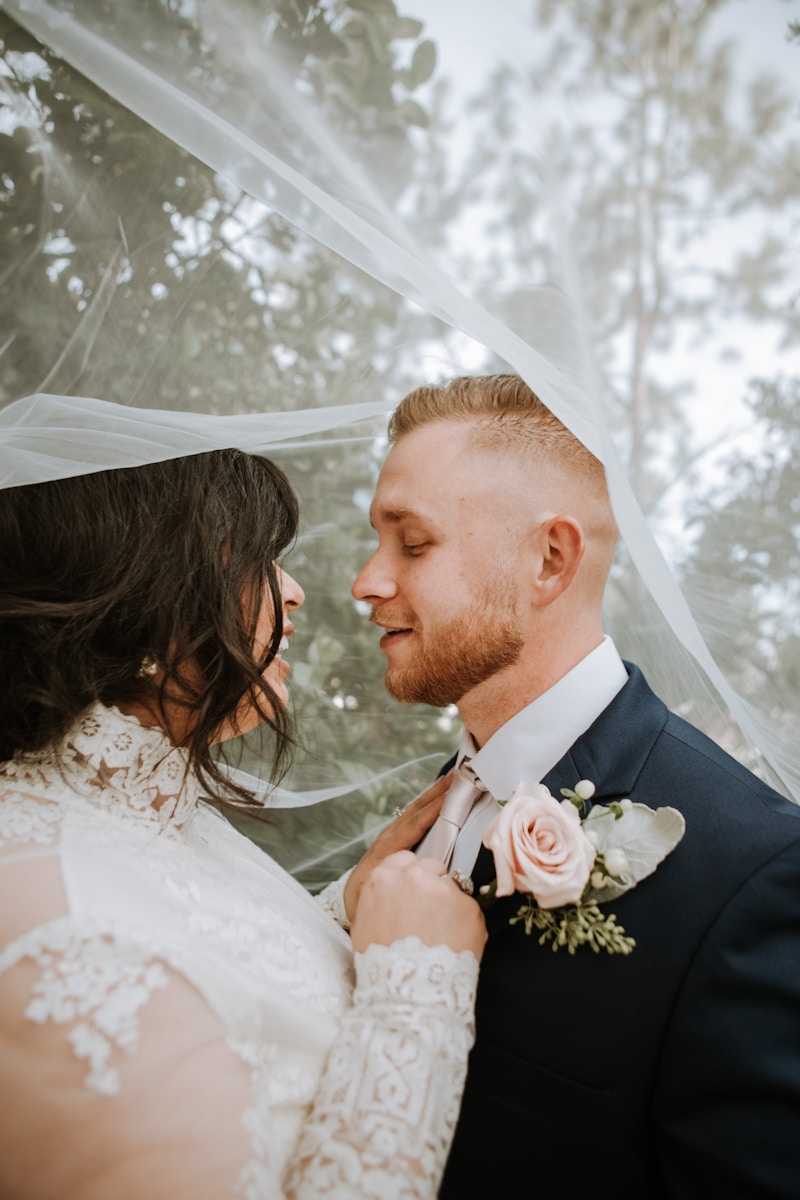Ultimate Guide to Choosing Veils for Formal Ceremonies
Introduction to Veils for Formal Ceremonies
When it comes to formal ceremonies, whether it’s a wedding, religious rite, or a significant cultural event, the details matter immensely. One of the most enchanting accessories that can elevate your ensemble is a veil. This article dives deep into how to choose the perfect veils for formal ceremonies, delving into styles, materials, lengths, and ways to incorporate them into your overall look.
The Importance of Veils in Formal Ceremonies
Veils are steeped in tradition and symbolism. Historically, veils have been seen as a representation of modesty and purity, especially in bridal ceremonies. In many cultures, wearing a veil is not just a fashion statement; it carries significant emotional and spiritual meaning.
In addition to their symbolic value, veils can enhance your appearance, offering a touch of elegance and sophistication. Whether you’re looking for something classic or modern, the right veil can make all the difference on your special day.
Styles of Veils for Formal Ceremonies
Choosing the right style of veil is crucial for complementing your attire. Here are some popular styles that you might consider:
| Style | Description |
| Cathedral Veil | This ultra-long veil usually extends beyond the train of your gown, offering a dramatic and regal look. |
| Chapel Veil | A more moderate length, the chapel veil falls just to the floor and works beautifully with traditional gowns. |
| Fingertip Veil | Resting at your fingertips, this style allows for easy movement while still providing a formal appearance. |
| Birdcage Veil | This short, vintage-inspired veil typically covers the face and is ideal for modern brides looking for uniqueness. |
| Elbow-Length Veil | Ending at the elbows, this veil style strikes a balance between formal and casual. |
Your Wedding Theme and Veil Selection
Choosing a veil should align with your overall wedding theme. For instance, if your wedding has a vintage vibe, you might prefer a birdcage veil or a lace-edged design. On the other hand, modern weddings allow for contemporary minimalistic veils. Consider the color scheme as well—ivory, white, champagne, and blush are popular choices that can enhance your gown.
Materials Used in Veils
The choice of fabric is equally important in ensuring a veil looks and feels right. Common materials include:
- Tulle: A light, net-like fabric that creates a delicate look.
- Lace: Offers texture and elegance, often featuring intricate patterns.
- Chiffon: A floaty, sheer fabric that gives a soft, ethereal vibe.
- Organza: A stiffer fabric that adds structure, often used for more voluminous veils.
Combining Veils with Accessories
When accessorizing, consider how your veil works with other pieces. Say you’ve decided on a cathedral veil; pairing it with a tiara or delicate hairpins can enhance that royal feel. For a more understated look, opt for simple stud earrings or a dainty necklace.

Length and Fit: Making the Right Choice
The length of the veil you choose can dramatically change your silhouette. Here’s a quick guide to help you decide:
- For petite brides, shorter veils like the birdcage or fingertip length often work best to avoid overwhelming your figure.
- Taller brides can pull off longer veils like the cathedral for a harmonious look.
- If your dress has a detailed back, consider a shorter veil to showcase the gown's design.
Considerations for Purchasing Veils
Before making a purchase, keep in mind the following:
- Budget: Set a budget for your veil to avoid overspending.
- Customization: Some brides may wish to customize their veils in terms of length and embellishments.
- Trial Fittings: Always try the veil on with your dress to see how they complement each other.
Veils Across Cultures
Veils have different meanings and styles across cultures. In some traditions, like that of Indian weddings, the Dupatta serves a similar purpose but is often more colorful and patterned. In contrast, in Jewish weddings, a Badeken ceremony involves the groom unveiling the bride to signify transparency in the relationship.
Each culture infuses its unique artistry into veil design, so it’s worthwhile to explore these styles and see if any resonate with you.
Evolution of Veil Styles
As fashion evolves, so do the styles of veils. Influences from popular culture, celebrities, and runway trends affect what brides choose. Nowadays, many brides are opting for less traditional, unique styles that reflect their personality, such as custom motifs, different colors, or even non-traditional fabrics like leather.
Grooming Tips for a Flawless Look
Lastly, ensuring your hair and makeup are on point is essential when wearing a veil. Here are some tips:
- Hair Type: Choose a hairstyle that can support the weight and style of your veil. For instance, an updo works well with larger veils, while loose curls look great with lighter styles.
- Makeup: Make sure your makeup is subtle enough to let the veil take the spotlight. Think about highlighting your eyes or lips to add a touch of elegance.
Conclusion: Choosing Your Perfect Veil for Formal Ceremonies
In conclusion, veils for formal ceremonies hold a special place not only in fashion but also in cultural significance. Taking the time to understand the various styles, materials, and cultural meanings can help you make an informed choice that reflects your personality and aligns with the event's theme. Remember to consider your silhouette, the accessories you’ll wear, and your overall budget.
With the right veil, you can add grace and charm to your formal ceremony—be it a wedding, a religious event, or any grand occasion. Make your choice wisely, and cherish this beautiful piece of fabric as it plays a significant role in your special moment.